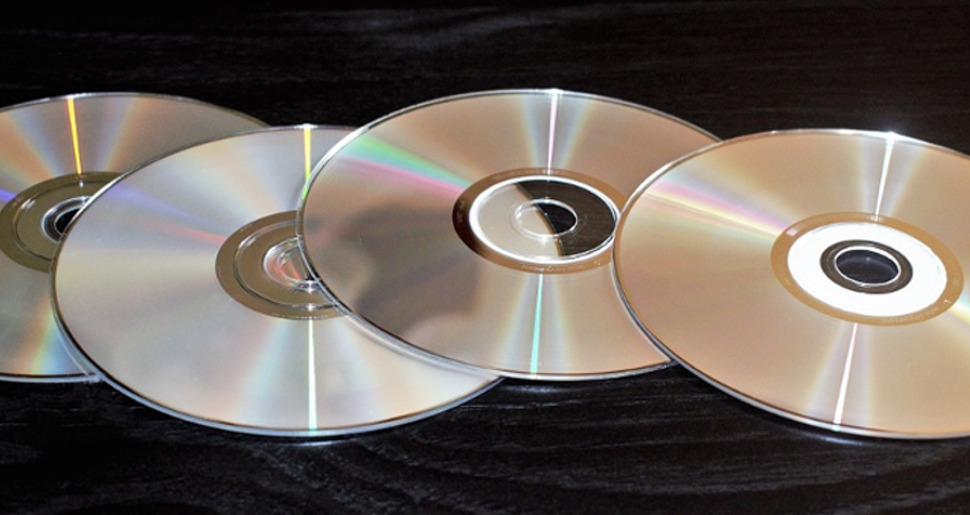New 500TB optical discs could be the answer to our prayers
5D optical storage may end up replacing tape storage for long-term data archiving

Using optical discs for long-term storage could soon be feasible for organizations as researchers have developed a new laser-writing method for producing high-density nanostructures in silica glass that is both fast and energy efficient.
These nanostructures allow for long-term five-dimensional (5D) optical data storage which is more than 10,000 times denser than the optical disc storage technology used by Blue-Ray discs.
Doctoral researcher from the University of Southampton, Yuhao Lei explained in a press release how 5D data storage in glass provides an alternative to cloud storage for information that needs to be archived for safe keeping, saying:
“Individuals and organizations are generating ever-larger datasets, creating the desperate need for more efficient forms of data storage with a high capacity, low energy consumption and long lifetime. While cloud-based systems are designed more for temporary data, we believe that 5D data storage in glass could be useful for longer-term data storage for national archives, museums, libraries or private organizations.”
5D optical data storage
Lei and his colleagues have published a new scientific article in Optical Publishing Group's journal for high-impact research describing their new method for writing data to glass. Their method involves writing data that encompasses two optical dimensions plus three spatial dimensions. As a result, this new approach can write at speeds of 1m voxels per second which is equivalent to recording around 0.23MB per second.
As the physical mechanism used by the researchers is generic, Lei believes that their writing method could also be used for “fast nanostructuring in transparent materials for applications in 3D integrated optics and microfuidics”.
By using their new method, the researchers were able to write 5GB of text data onto a silica glass disc that was around the size of a conventional CD with nearly 100 percent readout accuracy. Each voxel contained four bits of information and every two voxels corresponded to a text character.
Are you a pro? Subscribe to our newsletter
Sign up to the TechRadar Pro newsletter to get all the top news, opinion, features and guidance your business needs to succeed!
Due to the writing density available from the researcher's new writing method, each disc will be able to hold 500TB of data. However, by upgrading the system to allow parallel writing, the researchers say that it would be possible to write 500TB of data in about 60 days.
Although it would be faster to write the same amount of data to multiple solid state drives (SSD), Lei and the other researchers' method is designed for longer-term archiving just as tape storage is.
We've also featured the best large-capacity drives
After working with the TechRadar Pro team for the last several years, Anthony is now the security and networking editor at Tom’s Guide where he covers everything from data breaches and ransomware gangs to the best way to cover your whole home or business with Wi-Fi. When not writing, you can find him tinkering with PCs and game consoles, managing cables and upgrading his smart home.
